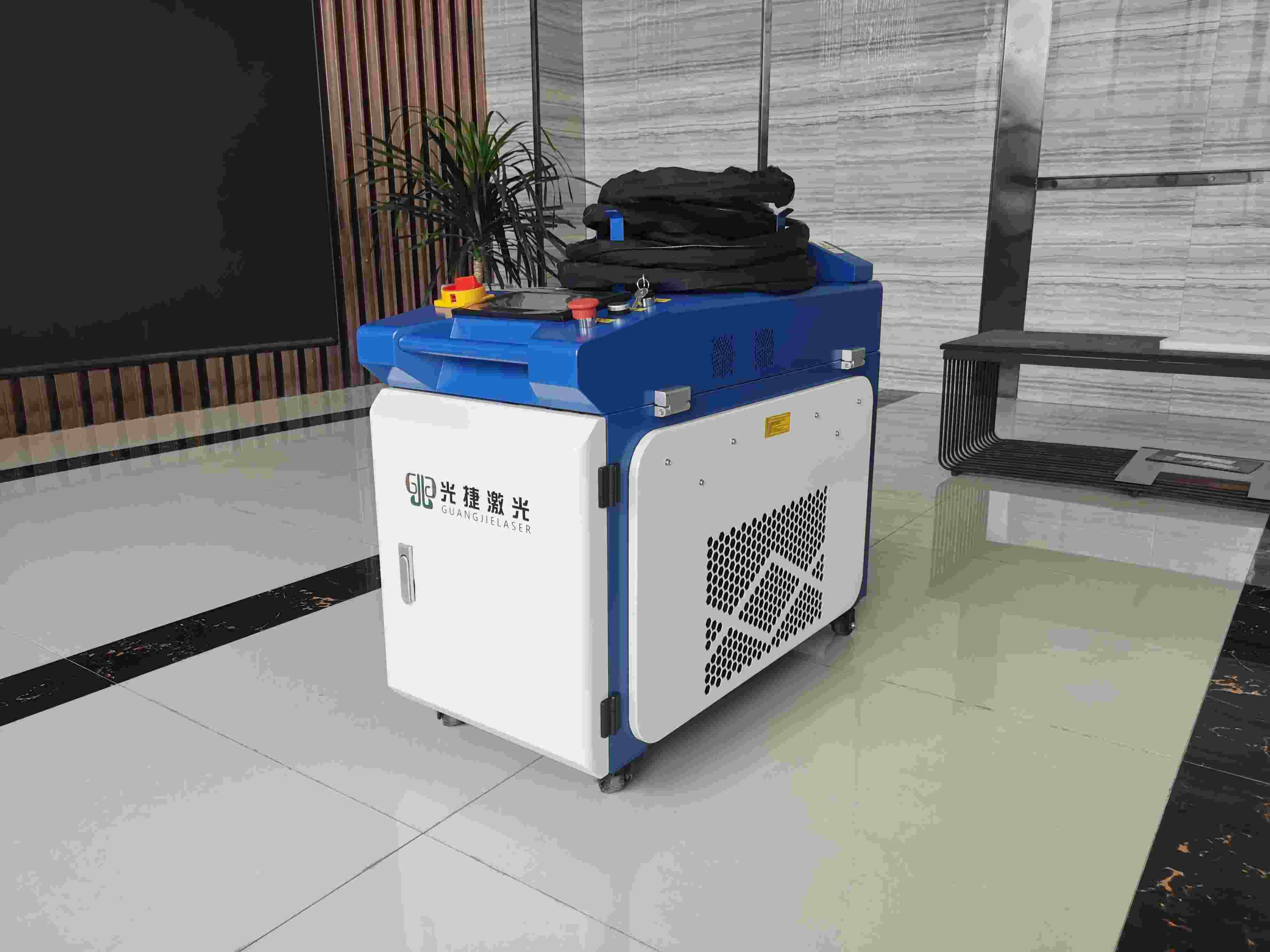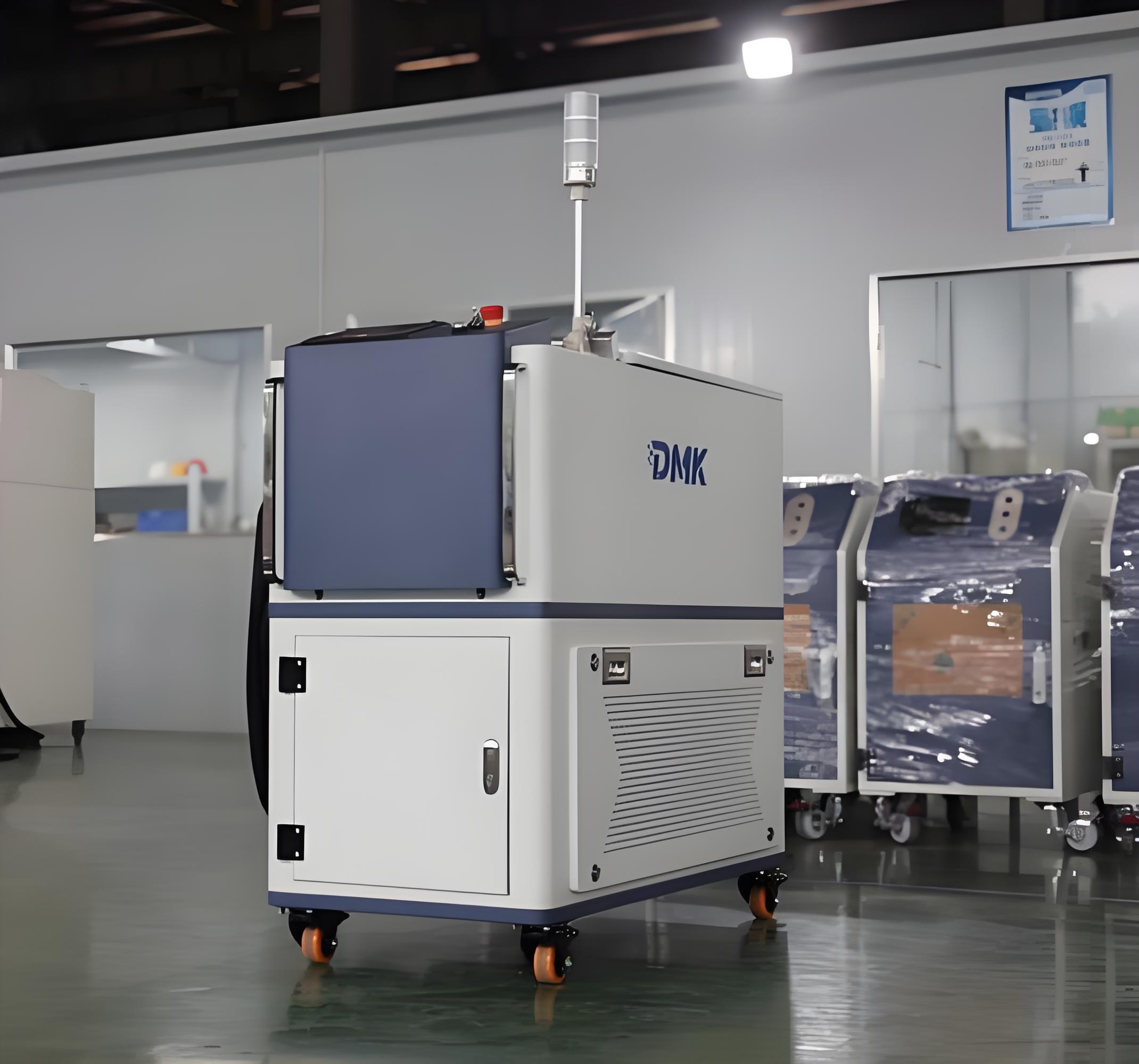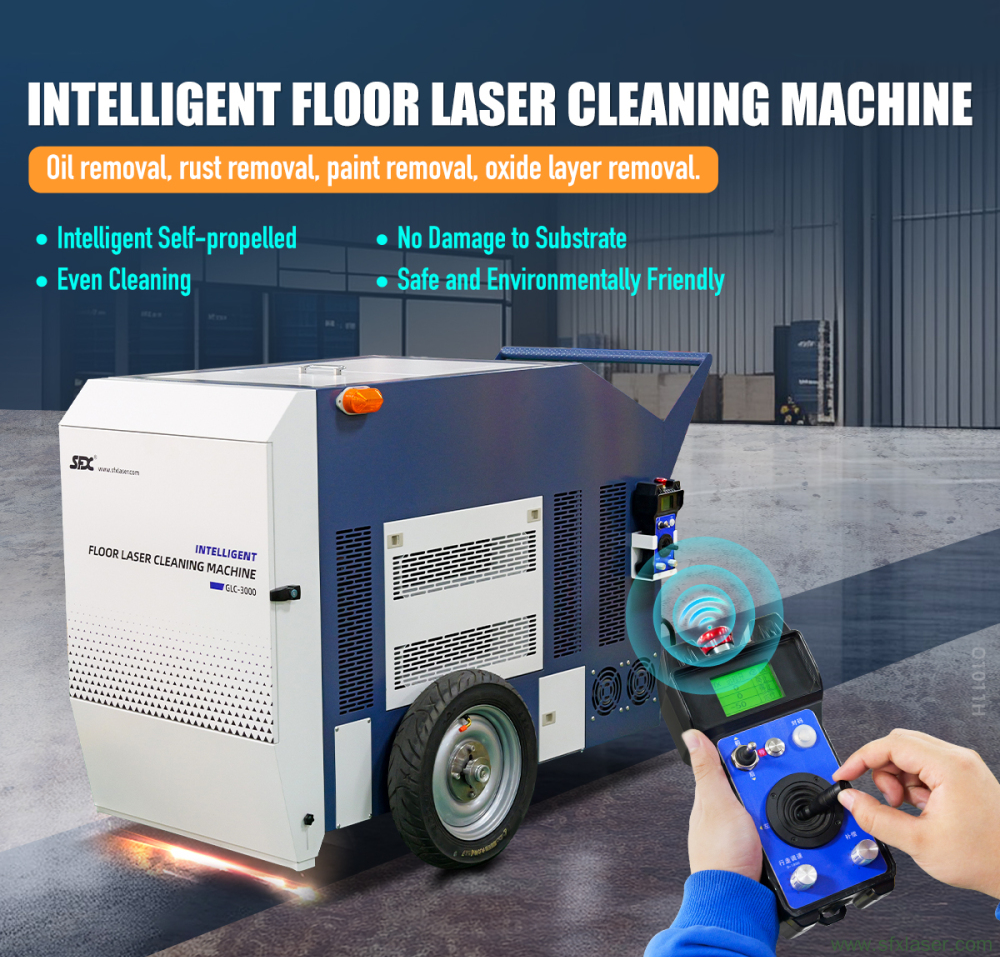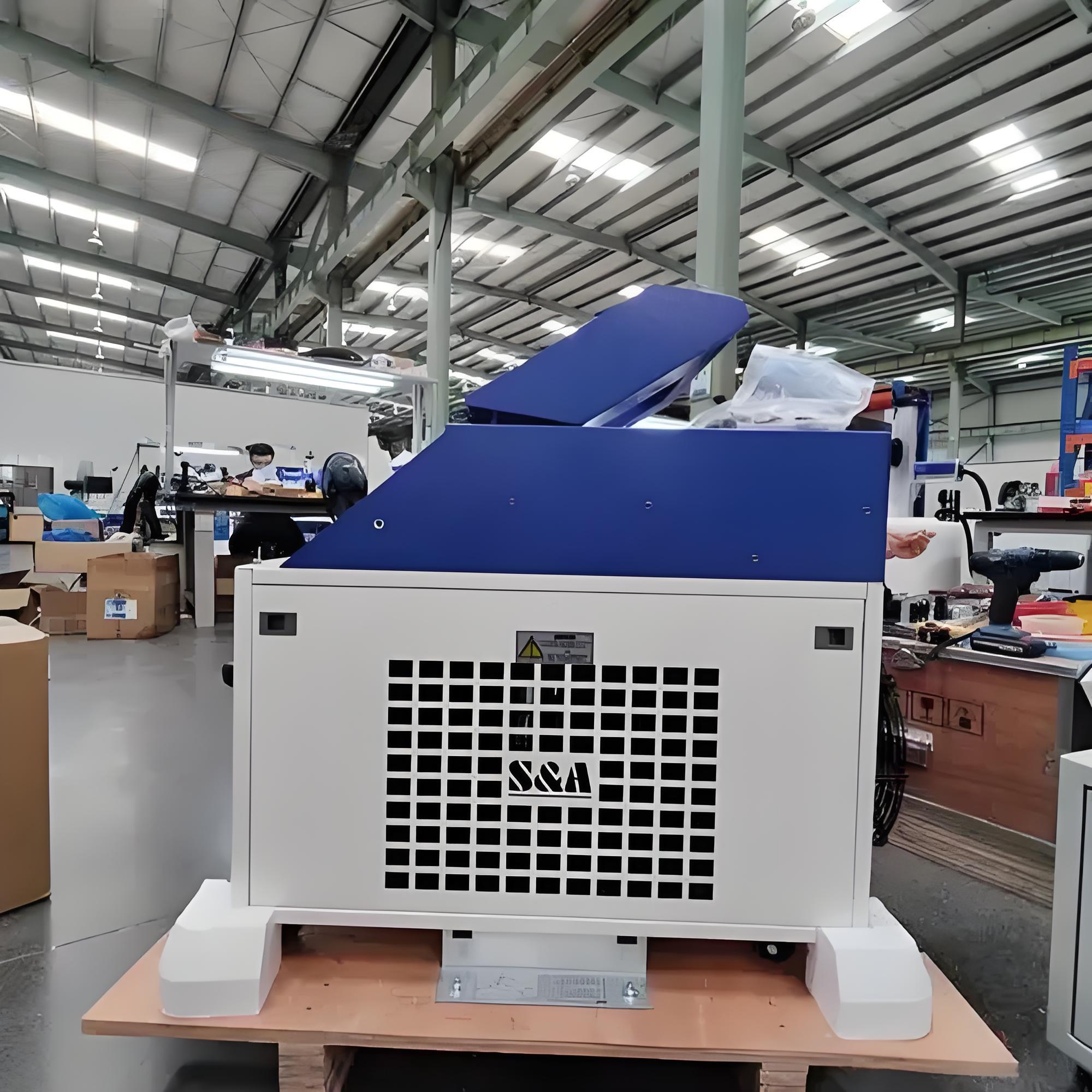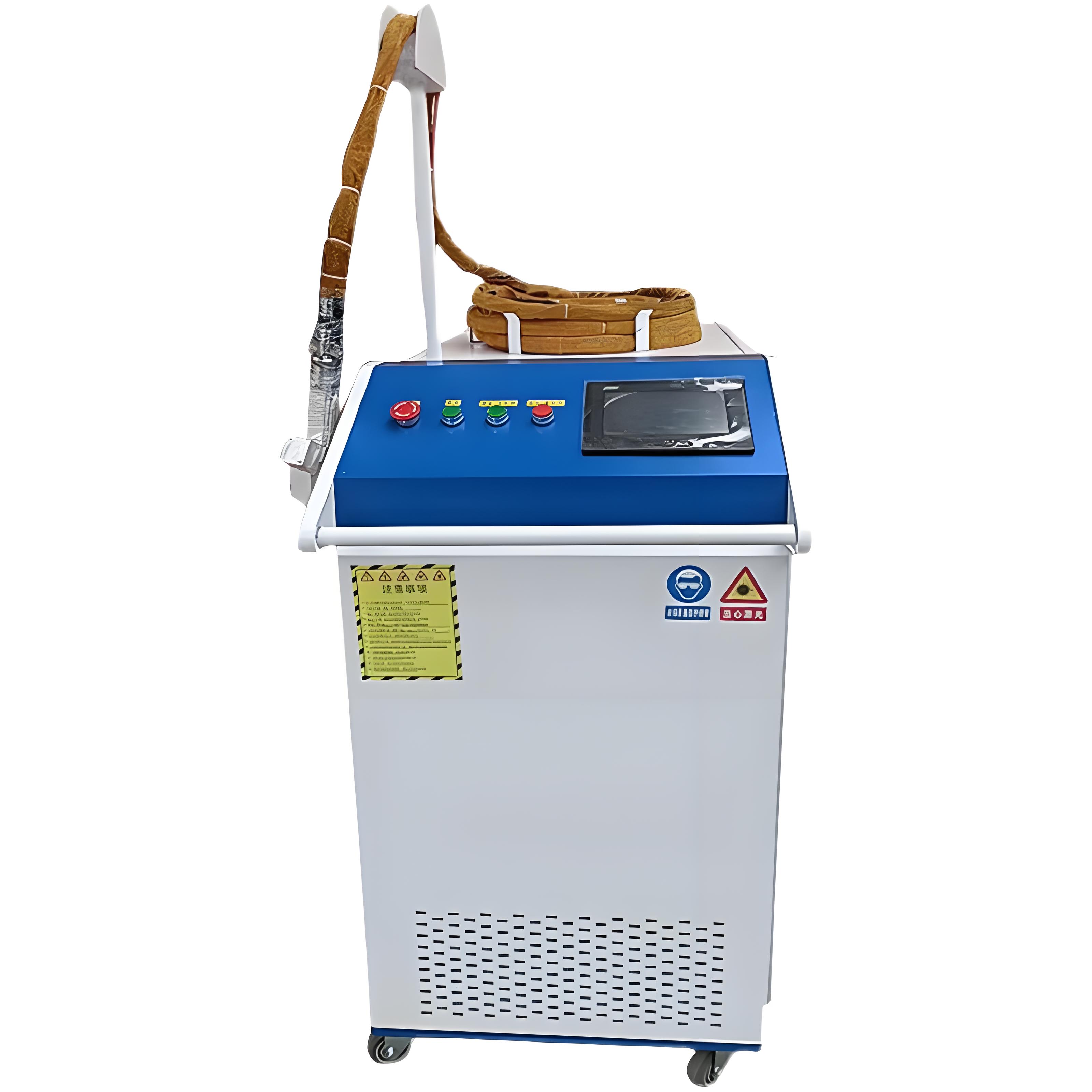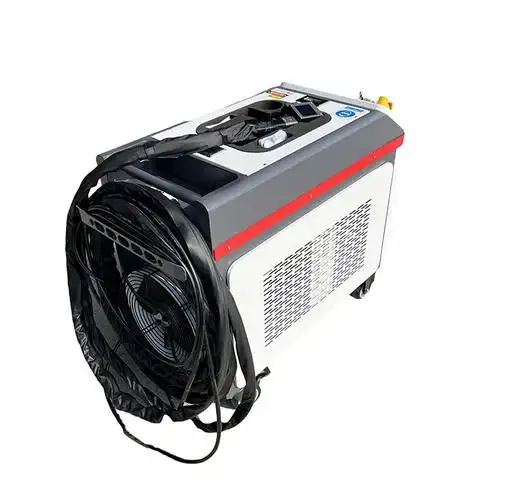Laser rust removal machines can be categorized based on their light sources, with six main types in total, although only two are commonly used.
The light sources primarily employed in the field of laser rust removal include fiber laser, carbon dioxide laser, ultraviolet (UV) laser, and green laser.
Among these, fiber lasers are divided into pulsed fiber lasers and continuous-wave (CW) fiber lasers. Carbon dioxide lasers are categorized into CW carbon dioxide lasers and pulsed carbon dioxide lasers. Green lasers and UV lasers are exclusively pulsed lasers, with no continuous-wave variants currently available.
The fundamental difference between these lasers lies in their wavelengths. Fiber lasers have a wavelength of approximately 1070nm, carbon dioxide lasers around 10000nm, UV lasers at 355nm, and green lasers at 532nm.
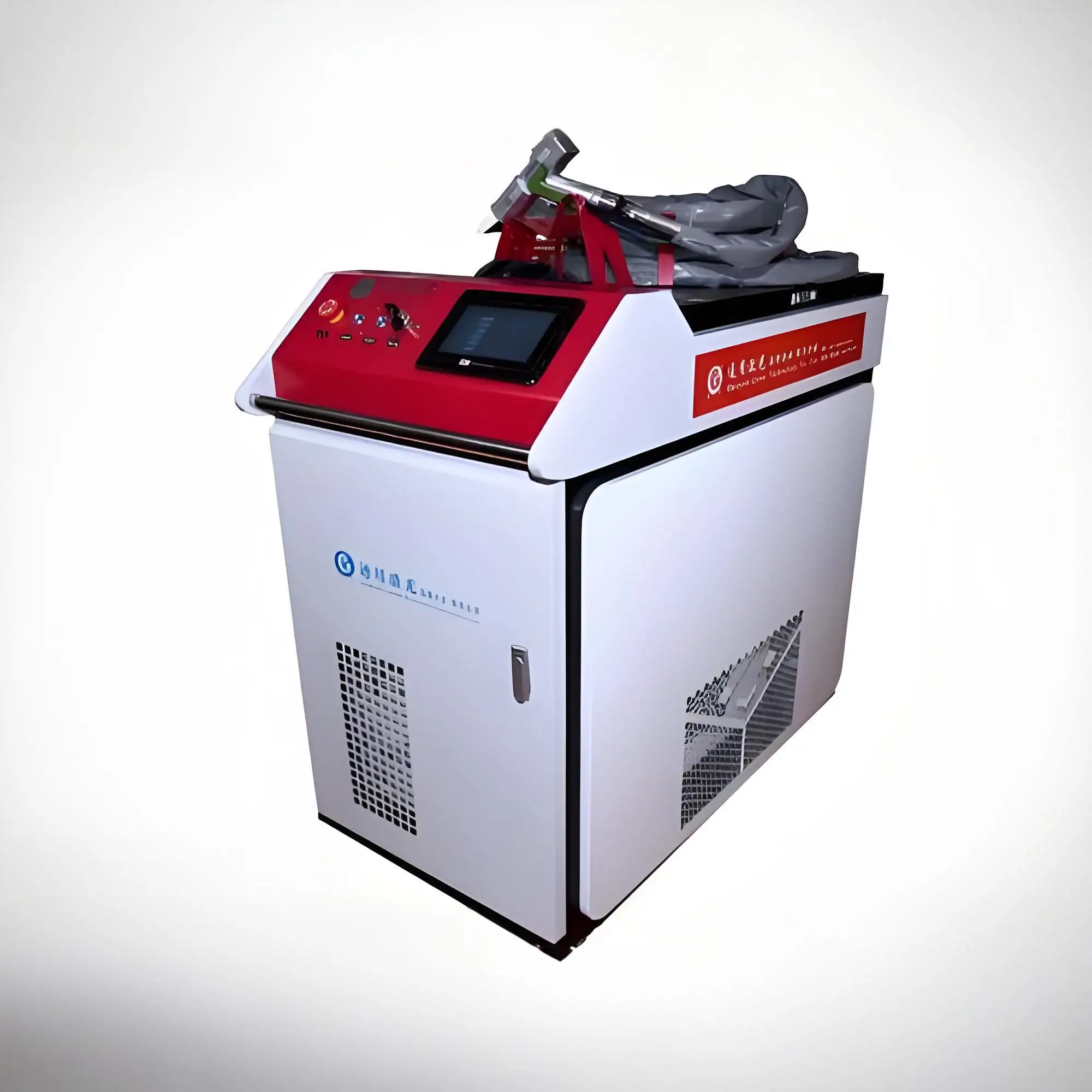
Laser generation stems from the transition of free electrons, hence the close relationship between lasers and free electrons.
Fiber lasers exhibit high absorption rates for conductive materials but low absorption for insulating materials. In contrast, carbon dioxide lasers have high absorption rates for insulating materials and low absorption for conductive materials.
Green lasers demonstrate high absorption rates for semiconductor materials and good absorption for both conductive and insulating materials. UV lasers exhibit excellent absorption across all materials, including conductors, semiconductors, and insulators, capable of removing different substances at varying energy densities. Additionally, UV lasers are cold light sources, generating minimal heat during the cleaning process.
Currently, the two most widely used laser rust removal machines are CW fiber lasers and pulsed fiber lasers, which serve as the mainstay models in the laser rust removal field. CW fiber lasers boast high power, efficiency, and cost-effectiveness, with a 3000-watt model priced at just 38.000 yuan. However, their drawback lies in the high thermal effect during the cleaning process, which may easily damage the substrate.
Pulsed lasers, on the other hand, have lower power and higher prices but offer the advantages of minimal thermal effect, strong penetration, and clean cleaning results without damaging the substrate. Therefore, the current application pattern involves using CW lasers for rough metals and pulsed lasers for precision materials.

